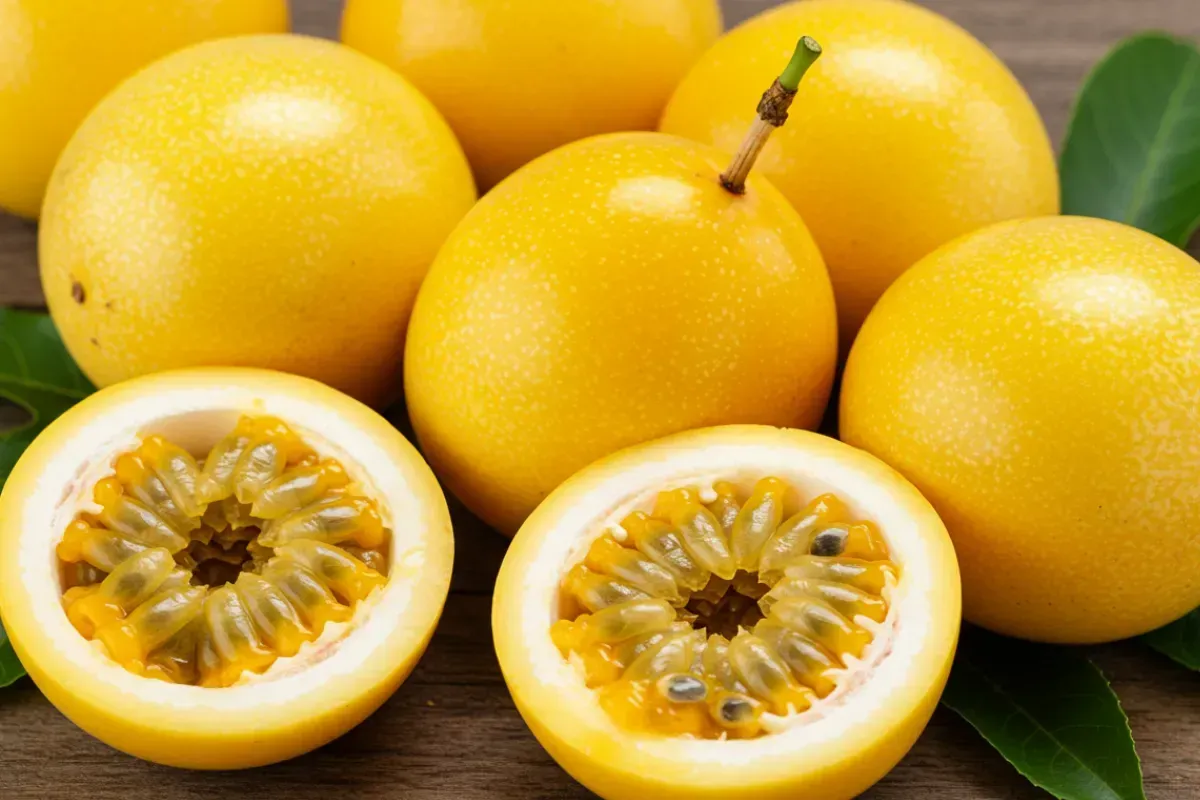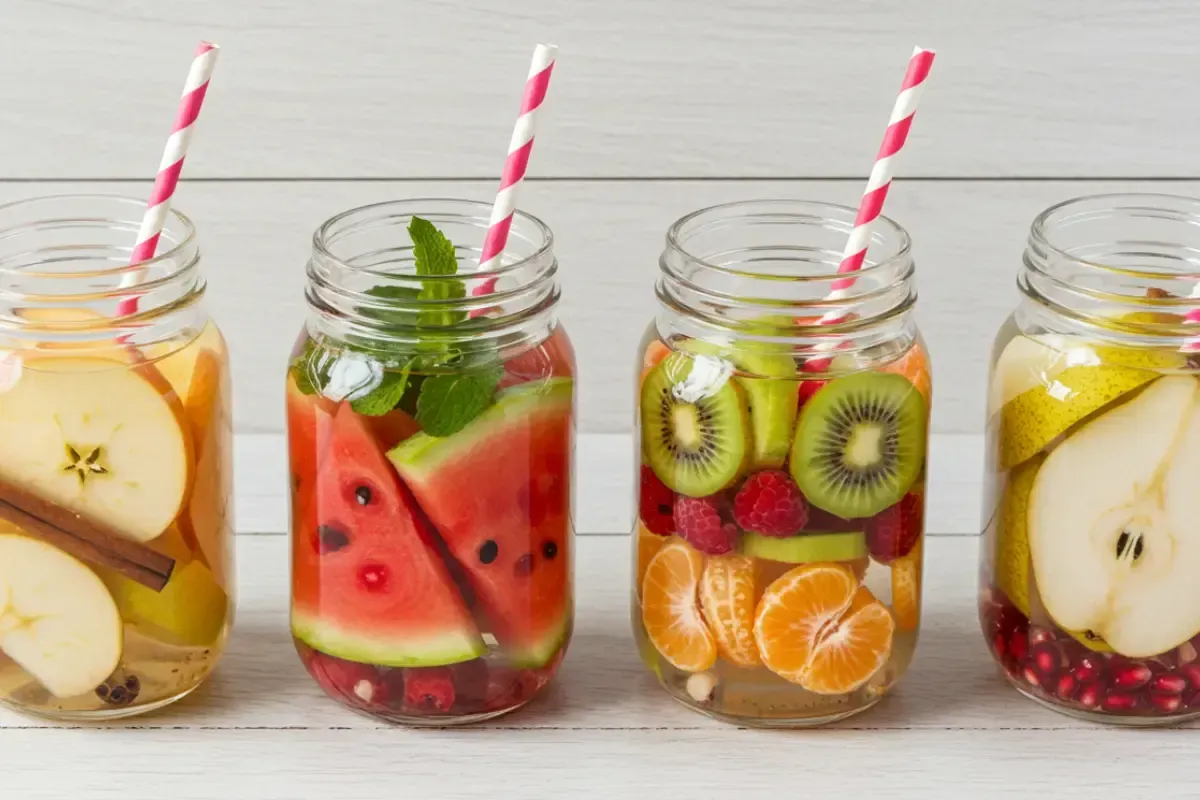Liquid nitrogen ice cream: a chemical revolution in industry

Ice cream, a dessert that has delighted taste buds for centuries, continues to evolve. Today, innovation has taken a new turn with the advent of liquid nitrogen ice cream production. This method allows for an incredibly smooth texture and intense flavors that traditional methods often struggle to achieve. But what makes it stand out from the rest? The rapid freezing process not only preserves the freshness of ingredients but also creates a unique dining experience as customers witness the dramatic vapor of liquid nitrogen. Let’s explore this fascinating revolution in ice cream making and discover the exciting possibilities it brings to the dessert world.
Liquid nitrogen ice cream: a milestone in culinary innovation
To start: what function does nitrogen serve, and why is it important? Liquid nitrogen enhances ice cream by imparting an incredibly smooth, creamy texture. In its conversion, the gas must reach an extremely low temperature to become a liquid (-321 °F, to be exact). Producers often use liquid nitrogen to freeze foods because it has no color, taste, or odor (Steve Spangler Science, n.d.).
But how do you obtain that ideal, smooth texture? By rapidly freezing the mixture, air is captured, and the formation of crystals is minimized. This action prevents a grainy texture (Calox International, 2022).
Liquid nitrogen was first proposed for culinary use by Mrs. Agnes Marshall in 1890, as detailed in her book Fancy Ices. Although her idea was ahead of its time, it wasn’t until nearly 80 years later chefs began using liquid nitrogen to craft exceptionally smooth and creamy ice cream. Its popularity soared due to its ability to rapidly freeze ingredients, allowing for the creation of personalized, small-batch ice cream in just minutes (Calox International, 2022).
The science behind liquid nitrogen ice cream
The chemical process behind liquid nitrogen ice cream is based on cryogenics. It uses extremely low temperatures to rapidly freeze food.
Here is a detailed description of how this process works, which brings an advantage over traditional methods.
1. Liquid nitrogen ice cream: denser, creamier texture
Liquid nitrogen is at -196 °C, which makes it extremely cold and adequate for quick freezing of foods. The high temperature allows the ice cream mixture to freeze almost instantly when producers add liquid nitrogen, resulting in the formation of very small crystals and a softer, creamier texture. (Steve Spangler Science, n.d.)
The texture is also denser because liquid nitrogen ice cream does not need to be churned. Churning adds air to the product. For example, regular ice cream and gelato ice cream have between 30 and 50 % air after churning. This characteristic makes them less dense than liquid nitrogen (Frozen Dessert Supplies, 2019).
2. Liquid nitrogen ice cream: flavor and nutrient retention
Flash freezing with liquid nitrogen helps retain flavors and nutrients better than traditional methods. This is because the process minimizes the time when ingredients are exposed to freezing temperatures. This function helps preserve their organoleptic and nutritional characteristics (Calox, 2022).
3. Emulsification and uniform fat distribution
Liquid nitrogen ice cream maintains the fat globules well distributed throughout the mixture due to rapid freezing. This prevents the globules from clumping together and forming separate layers, which would maintain the softness of the ice cream (Kilah, 2023).
4. Visual and sensory experience
Besides its technical advantages, liquid nitrogen ice cream creates a stunning visual effect. The consumer will find clouds of vapor enveloping the product during preparation. This not only enhances the customer experience but also provides additional social media appeal. It is an element that turns into free advertising and increases brand recognition (Calox, 2022).
Liquid nitrogen ice cream: the impact on the industry
The use of scientific techniques in gastronomy is not a novelty. Molecular gastronomy has incorporated devices such as:
- Centrifuges.
- Lasers.
- Microscopes in professional kitchens around the world.
In education, science teachers have used liquid nitrogen for years to prepare ice cream as part of fun experiments (Steve Spangler Science, n.d.). However, the commercialization of liquid nitrogen ice cream is relatively recent. A few stores began offering it in the United States in 2004 and, since then, several have expanded into nationally recognized brands (Calox International, 2023).
The core appeal of liquid nitrogen ice cream lies in its freshness and customizability. Customers can select the base, flavor, ingredients, and toppings. This allows for an infinite variety of combinations.
This product also appeals to those looking for healthier options. Companies have responded to this demand by offering yogurt bases, frozen desserts, and sugar-free alternatives (Kigler, n.d.).
This method allows for fresher and more natural products. Because it is made on the spot, liquid nitrogen ice cream does not require preservatives, stabilizers, or emulsifiers (Helmenstine, 2023). In addition, on-demand preparation eliminates the need for preservatives and additives, resulting in a fresher and more natural product.
Use of liquid nitrogen in the fruit purée industry
The implementation of liquid nitrogen in the production of fruit purées can revolutionize the quality and freshness of these products (ABC Fruits, 2024).
In fact, the liquid nitrogen market shows promising growth around 2032, according to Zion Market Research (n.d.). Regarding this, we have the following information:
- In 2023, analysts estimated the market size at USD 19.14 billion.
- It is forecast to reach USD 31.34 billion in 2032, representing a compound annual growth rate (CAGR) of 5.63 %.
This trend reflects a significant expansion in the adoption and application of liquid nitrogen in various industries. Its demand is likely to increase in sectors such as food, medicine, and technology. With steady growth, the market is expected to continue to evolve and capture a larger share globally over the next decade.
For fruit purées, this technology facilitates the process as follows (ABC Fruits, 2024):
- Its ultra-rapid freezing preserves fruit texture, flavor, and nutrients.
- It minimizes oxidation and preserves organoleptic properties more efficiently than conventional freezing methods.
Cooling is achieved by direct injection of liquid nitrogen into these products. This process enables them to be rapidly cooled from near boiling temperatures to temperatures suitable for packaging in a matter of seconds. As can be seen, it improves process efficiency and final product quality by quickly stopping cooking and preventing moisture migration (Air Products and Chemicals, Inc., 2020).
Some strategies to do it correctly are the next.
1. Implementation of cryogenic equipment
By investing in specialized equipment for liquid nitrogen freezing, companies can improve the quality of their purées. This equipment should be incorporated into the production line to maximize efficiency and shorten processing times.
2. Staff training
It is essential to train personnel in the safe handling of liquid nitrogen and the operation of cryogenic equipment. This not only ensures safety but also guarantees the consistency and quality of the final product.
3. Development of innovative products
Employing cryogenics to produce purées with unique textures or to fuse fresh and vibrant flavors can differentiate products in the marketplace. As a result, you can deliver new and exciting experiences to your consumers (Li et al., 2023). Thanks to this application, purées preserve their freshness and natural flavor, offering a healthier and more appealing option.
The ability to quick-freeze small batches allows companies to adapt quickly to market demands. This process tailors products to meet customer preferences.
Liquid nitrogen technology has the potential to transform the fruit purée industry. It can improve both product quality and consumer experience. To discover how you can integrate this technology into your product line and learn about the innovative solutions Alimentos SAS offers, we invite you to visit our website and explore how we can help you innovate and stand out in the marketplace.
Bibliographic references
- ABC Fruits. (2024, January 2). What are IQF fruits?
- Air Products and Chemicals, Inc. (2020). Thinking outside the liquid nitrogen freezing box.
- Calox International. (2023, December 16). Exploring cool chemistry: liquid nitrogen ice cream.
- Calox International. (2022, August 16). Adults-only ice cream: NO2 liquid nitrogen.
- Cryospain. (2024, February 21). Cryogenic food processing: revolutionizing the food industry with cryogenics.
- Frozen Dessert Supplies. (2019). Nitrogen ice cream? An inside look at the crazy new ice cream trend. Frozen Dessert Supplies.
- Helmenstine, A. (2023, October 29). How to make liquid nitrogen ice cream. Science Notes.
- Kilah, N. (2023, July 23). How does ice cream work? A chemist explains why you can't just freeze cream and expect results. Phys.
- Kliger, I. (n.d.). Liquid nitrogen makes spectacular, natural ice cream. Linde Gas.
- Li, X., Lin, H., Zhao, Y., Wang, S., Chen, J., y Zhang, W. (2023). Advances in the application of cryogenic freezing in the food industry: A review. Journal of Food Science, 88(7), 2041-2054.
- Redagrícola. (2020). Top 20 de frutas y hortalizas preferidas en EE.UU. según The Packer. Redagricola.
- Steve Spangler. (n.d.). Liquid nitrogen cloud of fun. Steve Spangler Science.
- Yale Environmental Health y Safety. (2022). Liquid nitrogen ice cream: Safety guidelines and best practices.
- Zion Market Research. (n.d.). Liquid nitrogen market: Size, share, trends, growth & forecast.













